The other day, I had a thought.
It’s been months since we started this weekly conversation: you and I.
And somehow … I never properly introduced myself.
Sure, you know my name’s Miguel. You probably know I’m an ML/AI Engineer, and maybe even that I studied Physics.
But beyond that? We’re still strangers.
Well, my dear friend, that changes today.
Because today, I want to tell you the story (my story) of how I went from studying spacetime curvature and quantum field theory to building Recommender Systems in the fashion world … and creating The Neural Maze.
If you are in the same spot I was 7 or 8 years ago — unsure what path to take, not sure how to start — this one’s for you.
Shall we begin?
Maths, maths … and more maths
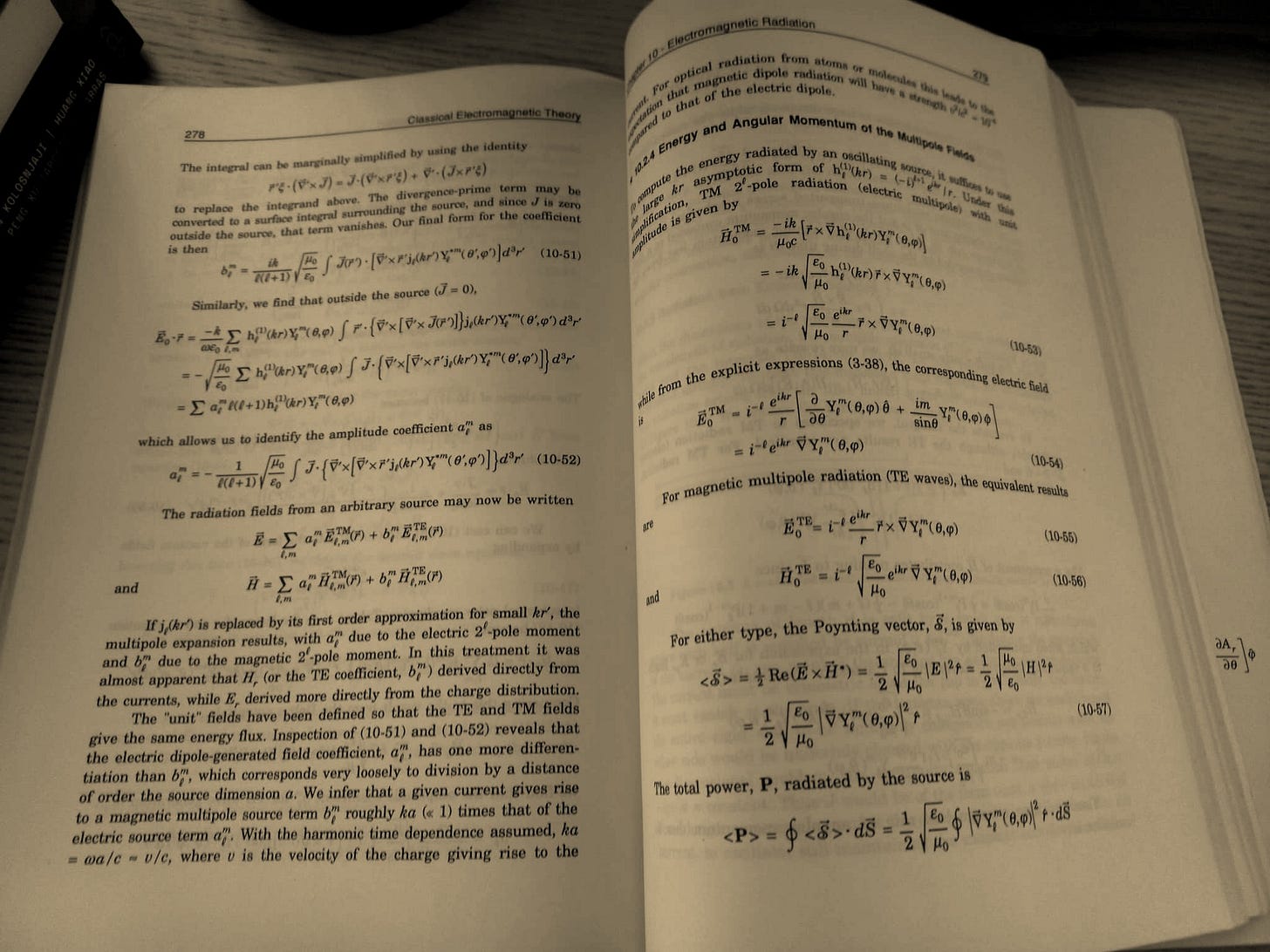
Sometimes I feel like, thanks to all the Physics YouTubers out there, people think studying Physics is all about black holes, quantum paradoxes, and “mind-blowing” thought experiments.
Spoiler: it’s not 😅
It’s about learning maths. A lot of maths.
And then applying those maths to every corner of the physical world — mechanics, electrodynamics, quantum mechanics, gravitation, you name it.
By the time I finished my degree, I can say this with full confidence:
The Miguel from 7 years ago would absolutely destroy me in a math duel. Like, embarrass me.
In fact, I recently looked back at my final thesis and, honestly? I don’t understand 70% of the equations I wrote 🥲
But anyway … back to the story.
After five intense years, I finished my studies, presented my thesis and … had no idea what to do next.
Like, zero clue.
Research? Maybe. But id didn’t excite me.
Teaching? Wasn’t a fan (funny enough, I love it now).
So, I started looking for other options.
Data Scientist: the sexiest job of the 21st century
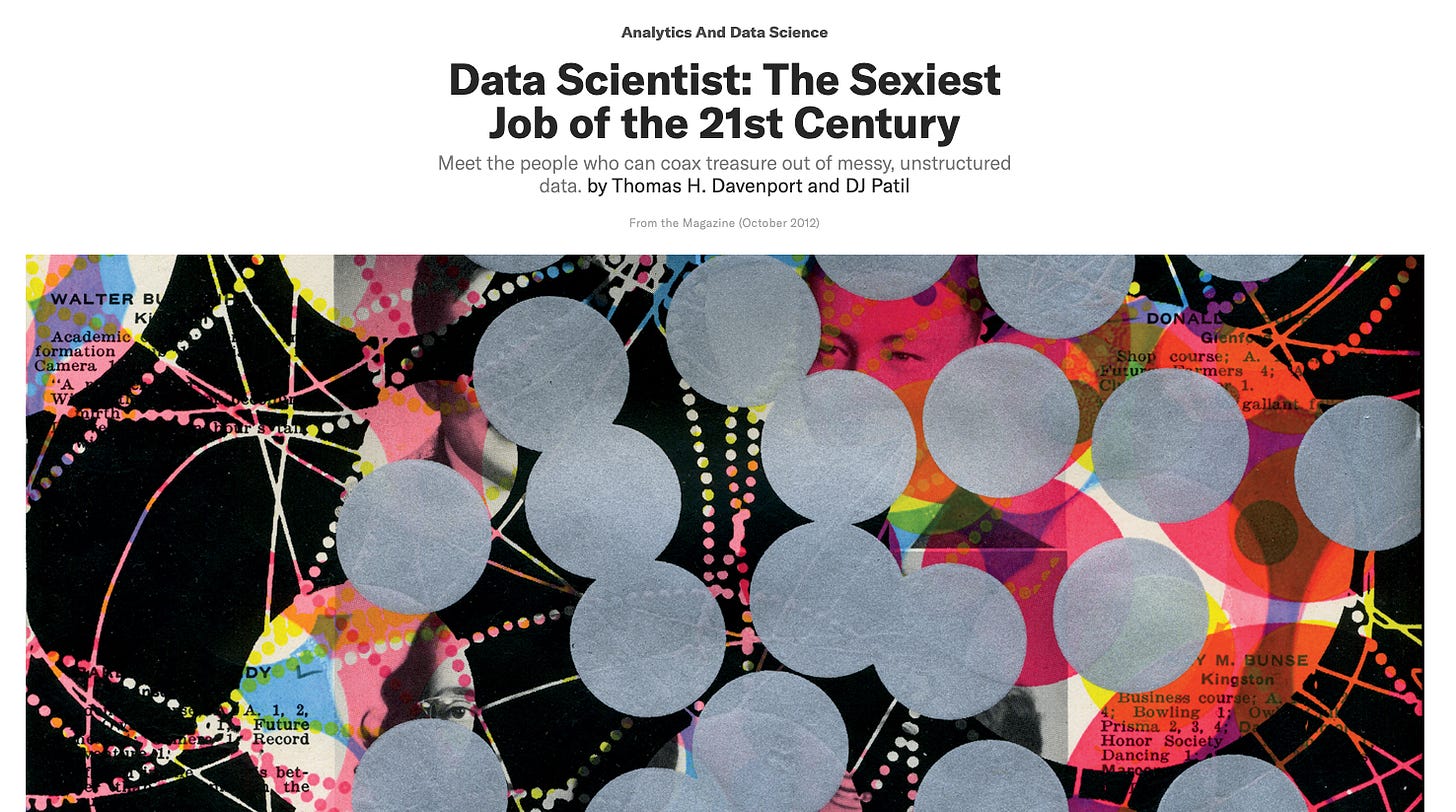
Back then — I’m talking 2016 / 2017 — Data Science was all the rage. Every news outlet was buzzing about it. Hype everywhere.
So, I started digging, and I thought:
“Alright, I know some maths … let’s give this a shot.”
That’s when I decided to move to Madrid (I’m originally from Galicia — northwest Spain, right near Portugal) to pursue a Master degree in Data Science.
Honestly, what I loved most about that experience was the internship. It was my first real taste of Data Science in the wild — working on actual problems, in an actual company.
That’s where I got introduced to Recommender Systems, Python programming (and even some R — oh yes, those were the days), and the full toolbox of data science techniques.
I finished the Master presenting my thesis on “Explainability of Recommender Systems” — explainability was already making waves back then — finished my internship, and started the job hunt as a junior (very junior) Data Scientist.
The ML Engineer is born
My first job was at a startup in the energy sector.
The core mission? Building an IoT network to monitor Spain’s entire natural gas pipeline. Pretty cool, right? I couldn’t say no.
My focus was on the predictive monitoring models — estimating “reasonable” levels for pressure, temperature, and other metrics. If something looked off — an outlier or anomaly — the system would fire an alert.
At first, I loved it. I was doing real machine learning, in the real world.
But over time, things started to feel… off.
Since finishing my Master degree, I’d done so many courses on Data Science, Machine Learning, Deep Learning — you name it. I knew a ton of techniques. I could use multiple frameworks. But still, I didn’t feel like I was making a real impact.
My models worked great in the lab. But out in the field, with real IoT data? The predictions were way off.
How?? The model is perfect in my notebook!
And that’s when I realized:
The model is just a tiny part of the whole system. If I wanted to build real solutions, I had to learn how to build the system, not just the model.
That was a turning point.
No more shallow courses. No more Kaggle toy datasets. I needed to understand how everything fit together — end to end.
So I started building.
Not just experiments — full-stack, hands-on projects that mirrored real-world systems. With each project, I picked 3–4 technologies and dove deep. And as I built more, something happened: my responsibilities at the startup grew.
Suddenly, I was owning the data ingestion pipelines, writing preprocessing logic with Apache Beam. Then came database management — BigQuery, Firestore, MongoDB … One thing led to another, and I was slowly becoming the go-to person for more than just models.
With every system I built, my confidence grew.
I wasn’t just doing machine learning anymore … I was engineering it.
From ML Engineer to AI Engineer
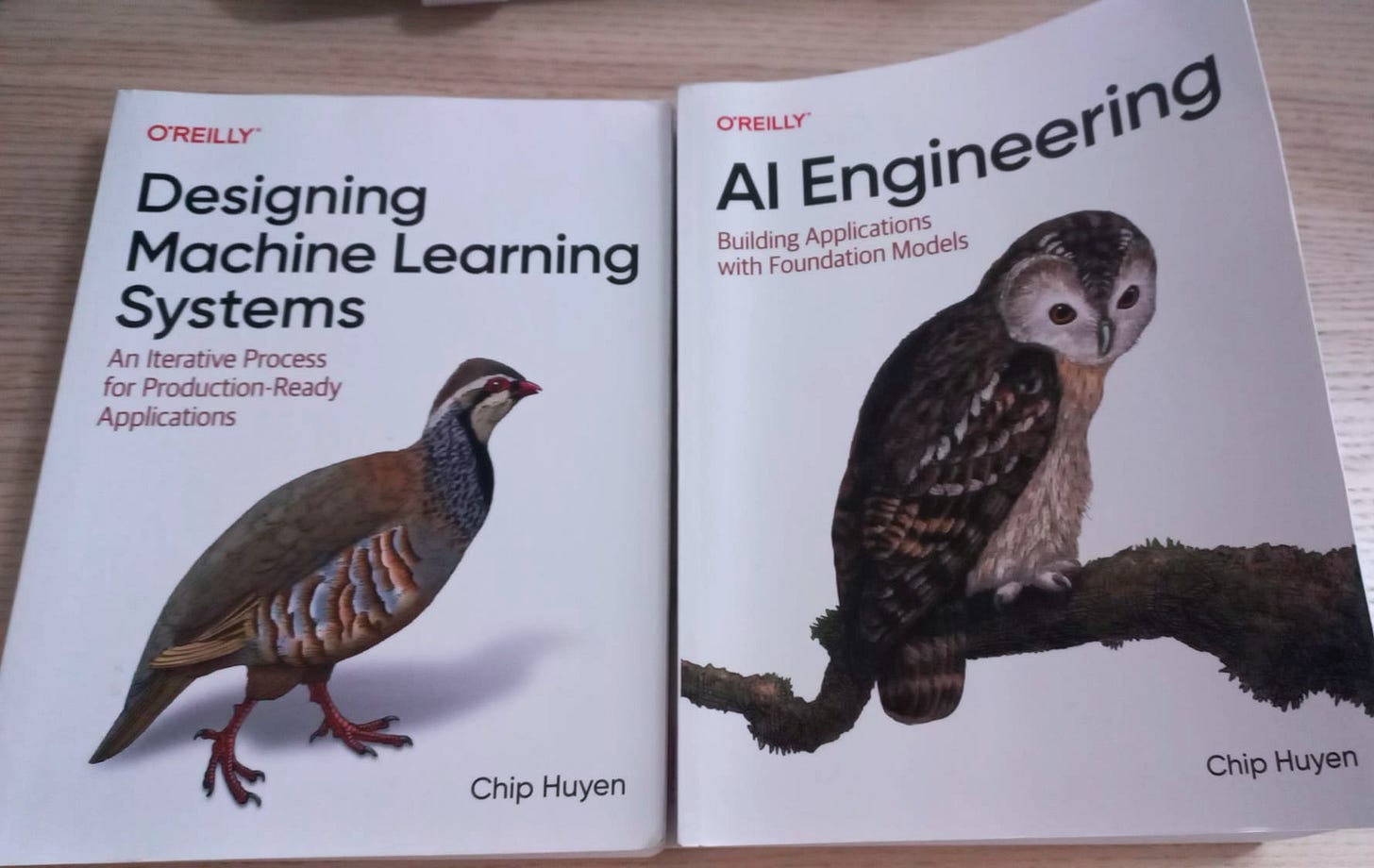
Years passed, and I kept getting involved in all kinds of projects.
I went from working as a GCP consultant, to building license plate recognition systems for cameras in parking lots, to creating voice recognition applications for an insurance company.
Then came recommender systems for financial products at BBVA.
And now? I’m building personalization and recommendation tools for fashion retailers.
Throughout this journey, I’ve picked up all kinds of skills — different frameworks, programming languages, architectural patterns, cloud platforms, etc.
But one thing never changed: my love for building.
No matter the job, I always kept tinkering with side projects.
Why? Because it’s the best way to learn. I used these projects to explore new technologies and sharpen skills I could bring back to work — to actually solve business problems better.
Then, a few years ago, like many of you, I got curious about a new field: Generative AI.
LLMs. RAG. Agents. Oh my.
Suddenly, everything was changing … again 😅
It felt like day one all over again. So much to learn, so much to explore. And, as always, there was only one way forward:
Learn by building.
But this time… it felt different.
From AI Engineer to The Neural Maze
As I was saying, this time… I didn’t want to build alone.
I wanted to share the journey — with a community of like-minded people who are just as curious and driven to build as I am.
That’s why I started posting on LinkedIn.
That’s why I launched my YouTube channel.
And that’s why I started writing here, on Substack.
It’s been amazing to see this community grow — over 5,500 of you now (!!) — and I genuinely hope this ride keeps going for a long, long time.
There’s a lot of noise out there. A lot of hype … and a lot of nonsense.
is my attempt at creating a quiet corner of the internet.An oasis where we can chat, share, and build AI systems that actually work.
And if you’ve made it this far in the story…
You’re on my team 🫶
You’ve heard a little about me—now it’s your turn! Drop your story in the comments:
How’d you end up in the world of AI (or tech in general)? Was it a total accident, or something you’ve been into since day one?
Let’s hear how it all started 👇



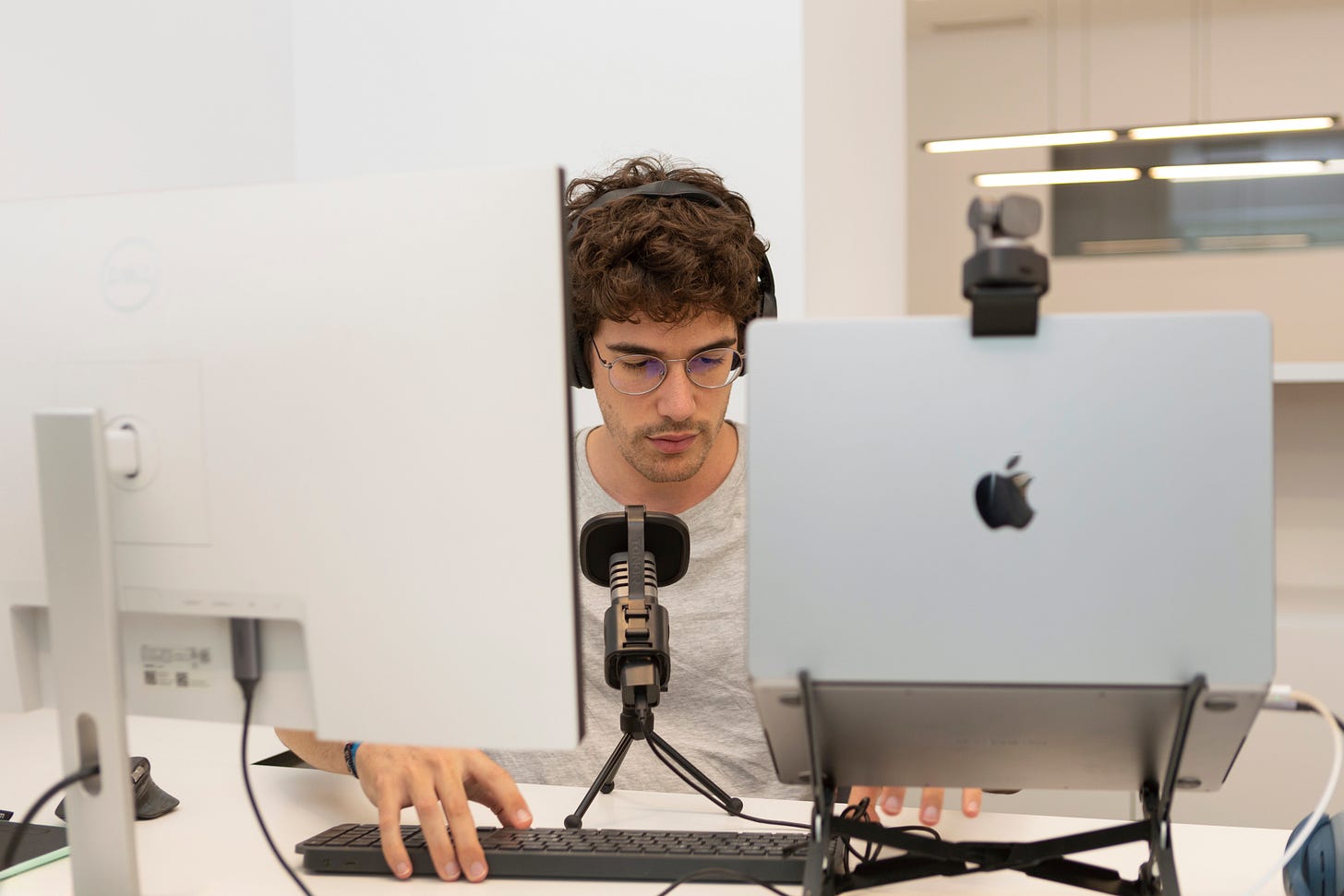
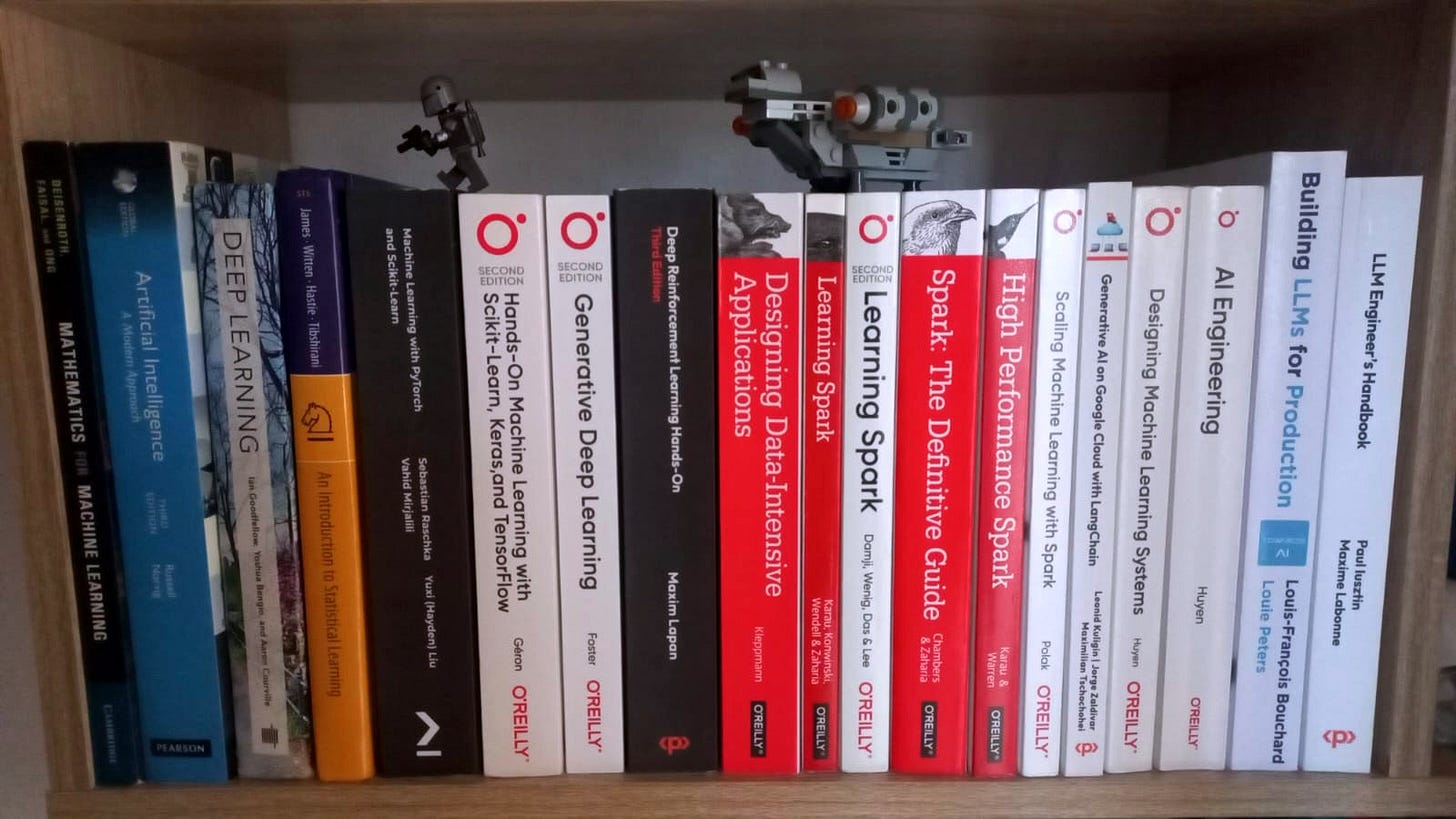
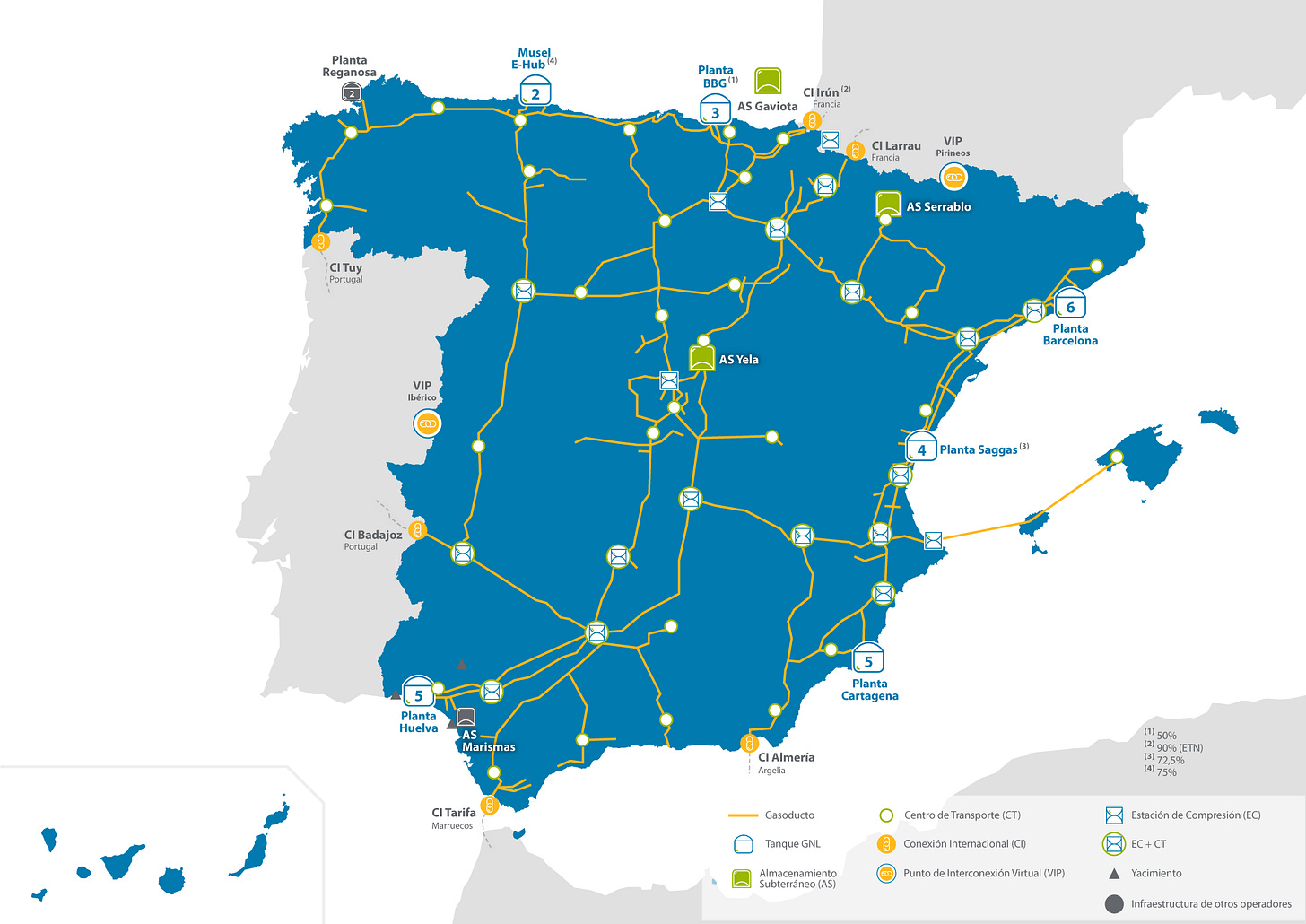
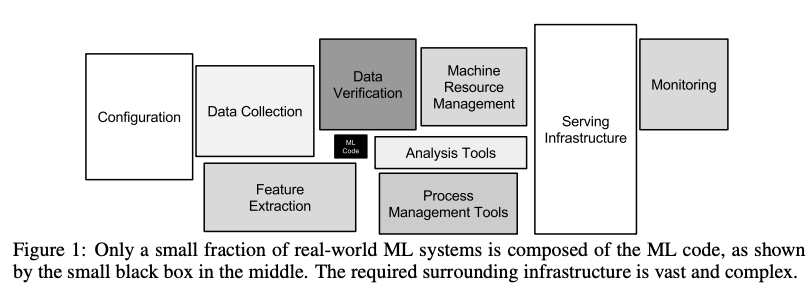
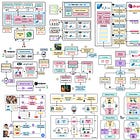
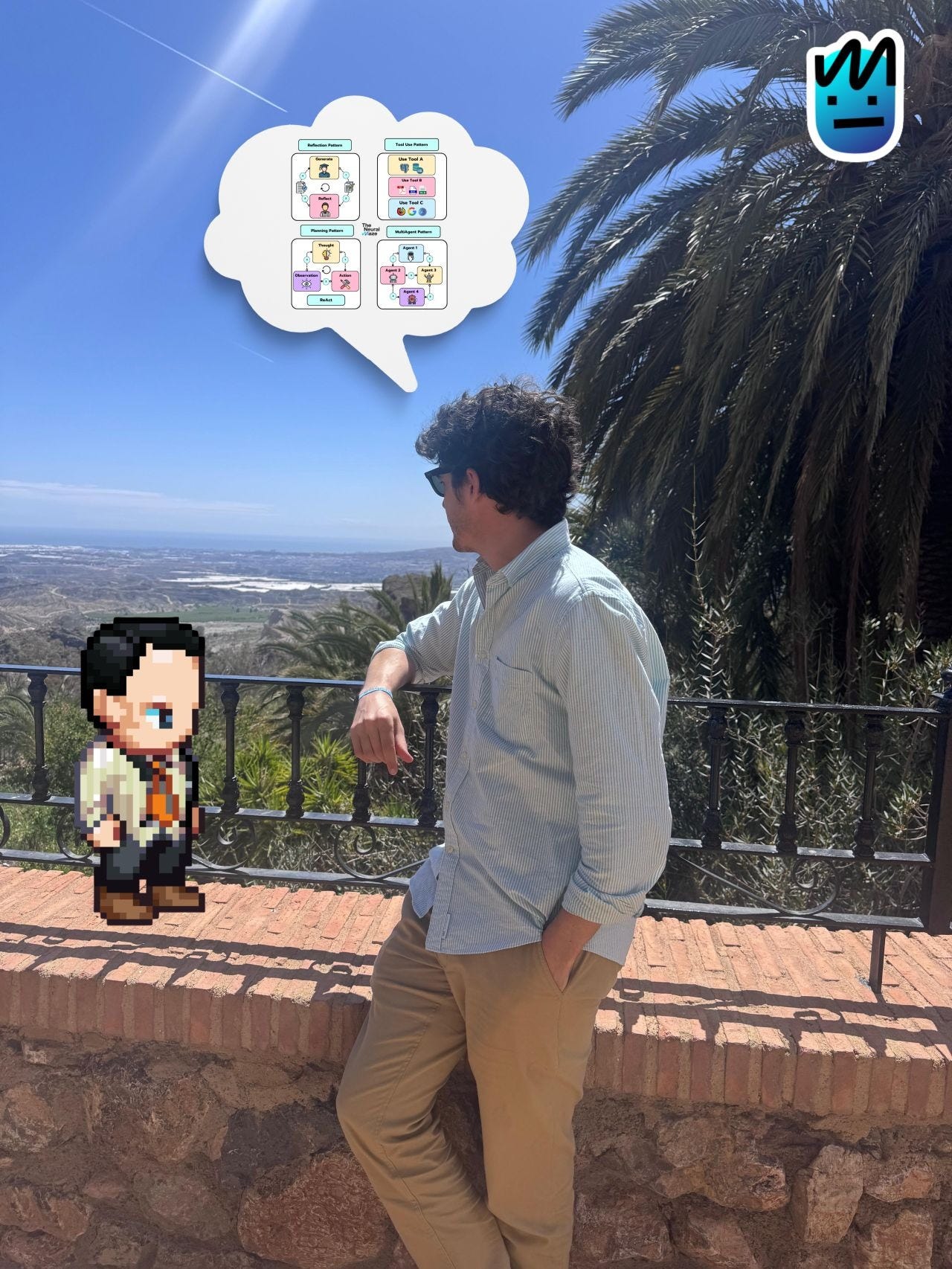
Fascinating story! Thank you for setting candid and authentic tone, Miguel! It is quite reflective of why I felt something genuine, something special yet real when I ran into your and Paul’s projects couple of weeks ago.
My story is long but I will try to condense it. My applied math education coincided with the sunset of last AI winter when I was enamored with the promise of AI expert systems and ran into Geoff Hinton’s early musings about its reboot. That was late 80s. AI under-delivery torpedoed all kinds of desires even to think about Hinton’s sanity :-)
Fast-forwarding some 30+ years to the end of 2022 definitely felt like vindication to Hinton’s and many others’ vision. I was so happy to go back to where I started getting glimpses of the promise so long ago.
Since last AI winter to its current renaissance I dedicated my professional life to things revolving around distributed systems. While being passionate about cutting edge technology I credit to my early mentors to think along practical value of what I do: Why->What->How->Impact.
I changed many jobs, ranging from early hot startups to established enterprises. Not because I was hopeless opportunist but because I was honest with myself - what worked and not for me, calibrating my sweet spot, constantly reinventing myself.
Two years ago I realized lot of promise lies ahead thanks to Deep Learning and decided to help people gain solid intuition about it. That’s how I started my site https://www.enterai.world and regularly published newsletters and educational posts on LinkedIn.
Too much hype, too many things are sensationalized and portrayed as voodoo. I applaud your initiative to carve out quiet and productive corner to learn building what matters - our future. Thank you for that! Will be honored to be a part of it. Eagerly looking for soulmates.
Special appreciation for quality, depth and breadth of PhiloAgent like projects. Hats off to you and Paul!
More about me at https://www.enterai.world/about and http://www.linkedin.com/in/nicoskek/
Never too late.. I'm finally here. Installed substack and you were the first person I started following. Thanks for sharing your story 👍